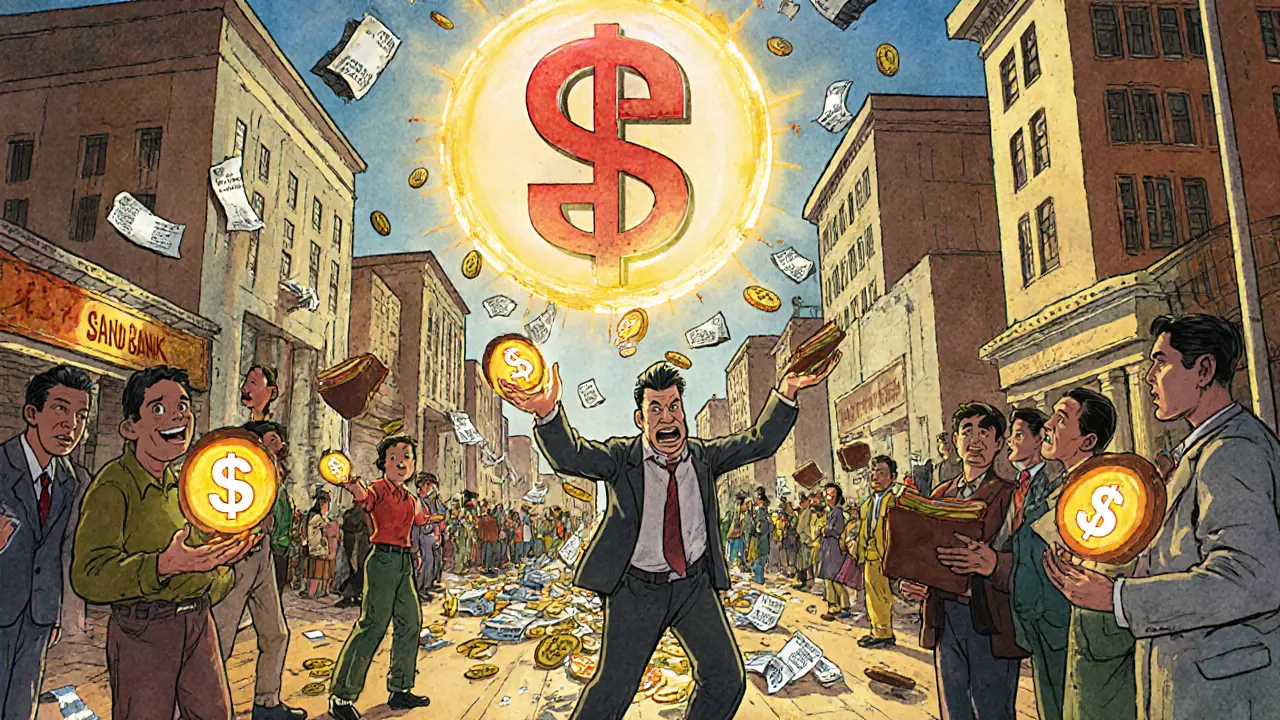Bank Disintermediation: How Crypto Is Bypassing Traditional Finance
When you think of bank disintermediation, the process of removing intermediaries like banks from financial transactions. Also known as financial disintermediation, it’s not just theory—it’s happening right now through blockchain and cryptocurrency. People no longer need a bank to send money, borrow, or earn interest. They use wallets, smart contracts, and decentralized exchanges instead.
This shift isn’t about distrust in banks alone—it’s about control. With cryptocurrency, digital assets that operate without central authorities, you hold your own keys. No approval. No delays. No hidden fees. That’s why decentralized finance, a system of financial services built on blockchain without traditional intermediaries is growing fast. Platforms like SundaeSwap and MintMe let you trade, lend, and create tokens without ever touching a bank account. Even when China bans crypto or Japan tightens rules, users still find ways to move value peer-to-peer.
And it’s not just about trading. blockchain, a distributed ledger that records transactions securely and transparently makes it possible to verify ownership, track funds, and automate payments without middlemen. Think of it like sending a text instead of mailing a letter. No post office needed. No processing delays. This is why bank disintermediation is one of the biggest shifts in finance since the ATM. The posts below show real examples: how people are using crypto to avoid bank restrictions, how exchanges are replacing loan officers, and why some tokens are built entirely to bypass traditional systems. You’ll see what’s working, what’s risky, and how regular users are taking back control—without a single branch visit.

How CBDCs Will Reshape Traditional Banking by 2030
Caius Merrow Oct, 29 2025 0CBDCs are digital versions of national currencies issued by central banks. They’re already live in China and the Bahamas, and they’re forcing traditional banks to rethink deposits, lending, and payments. Here’s how they’re changing finance.
More Detail